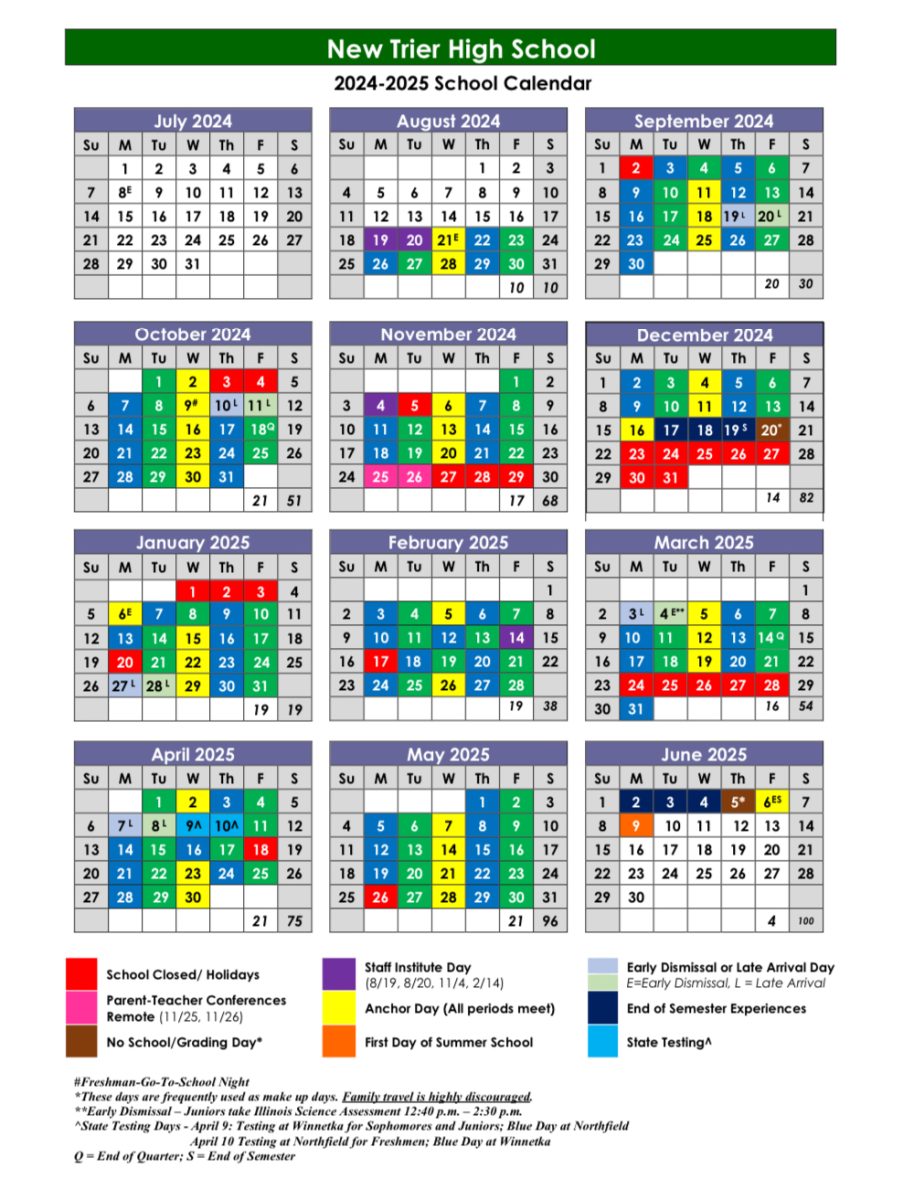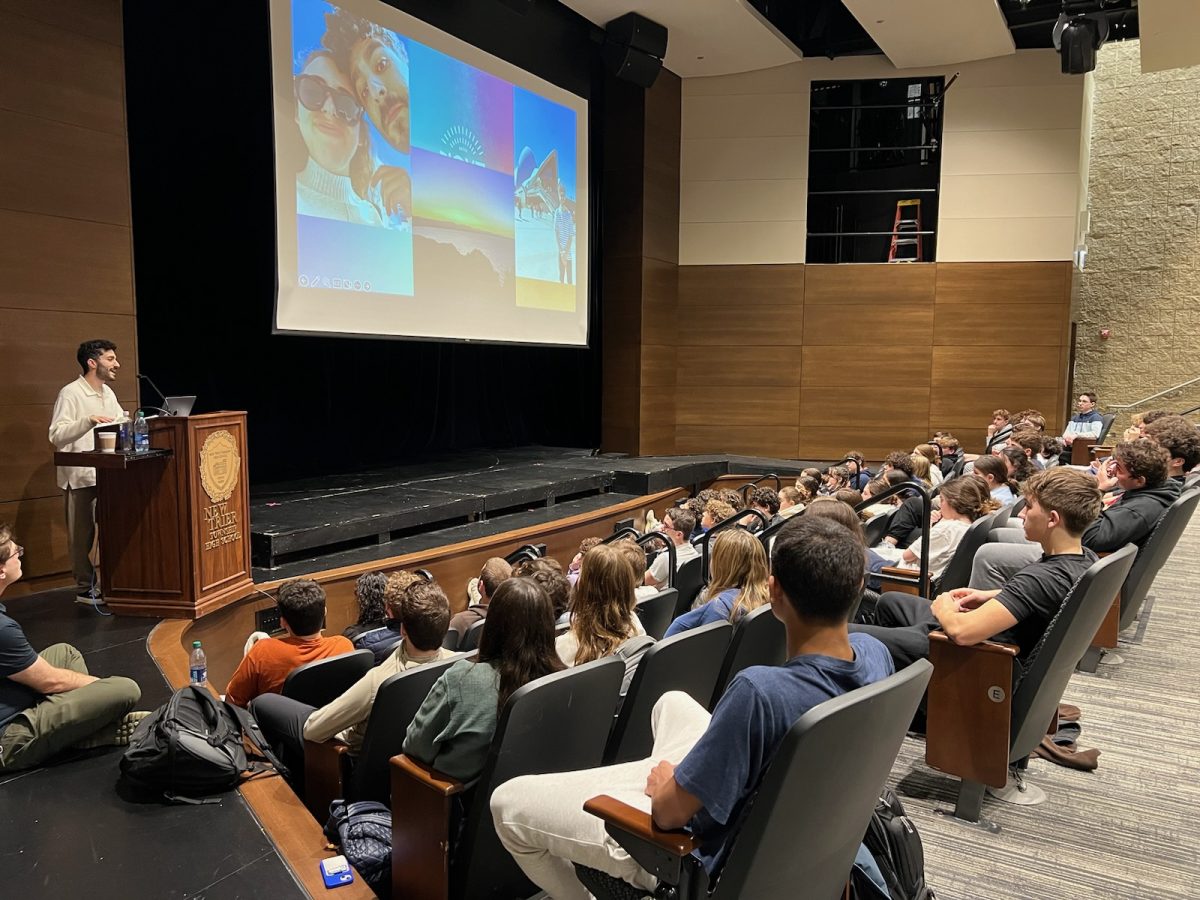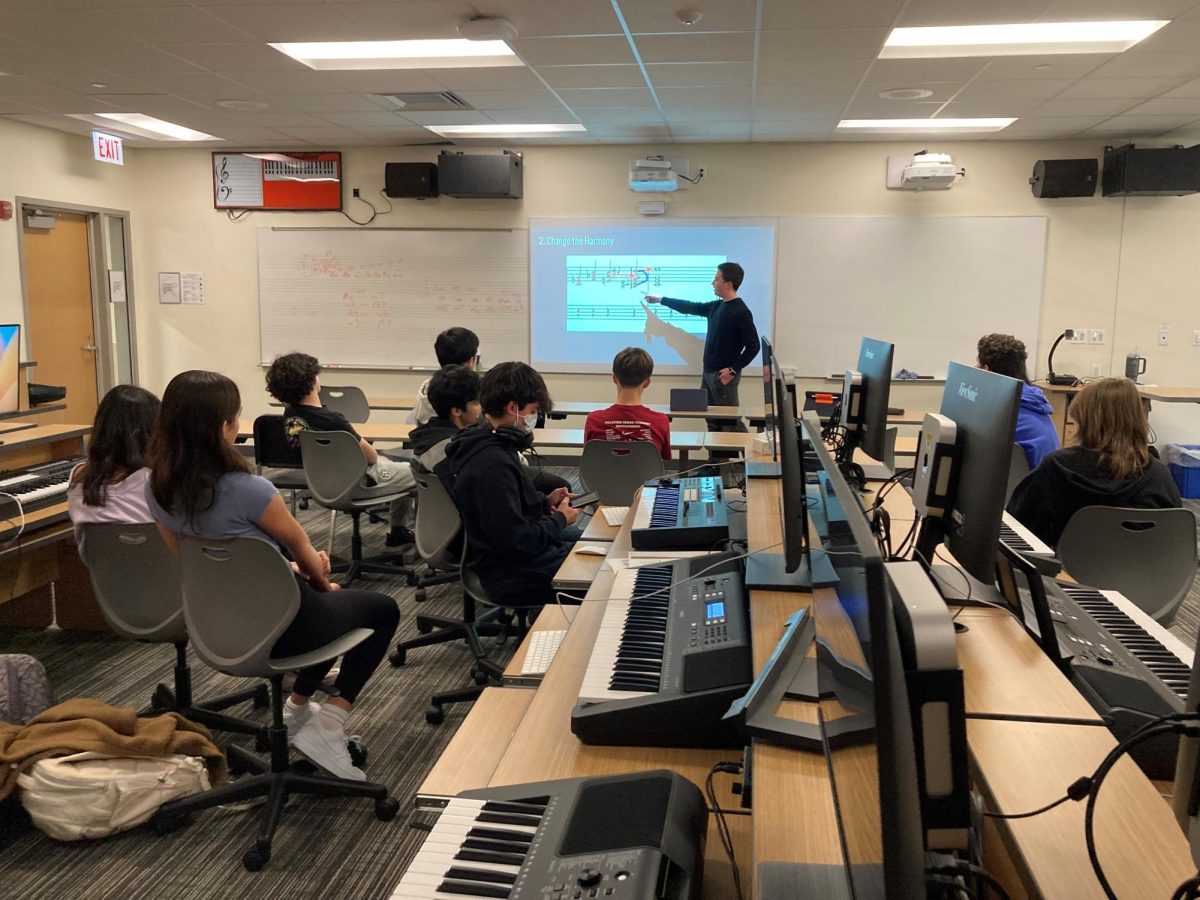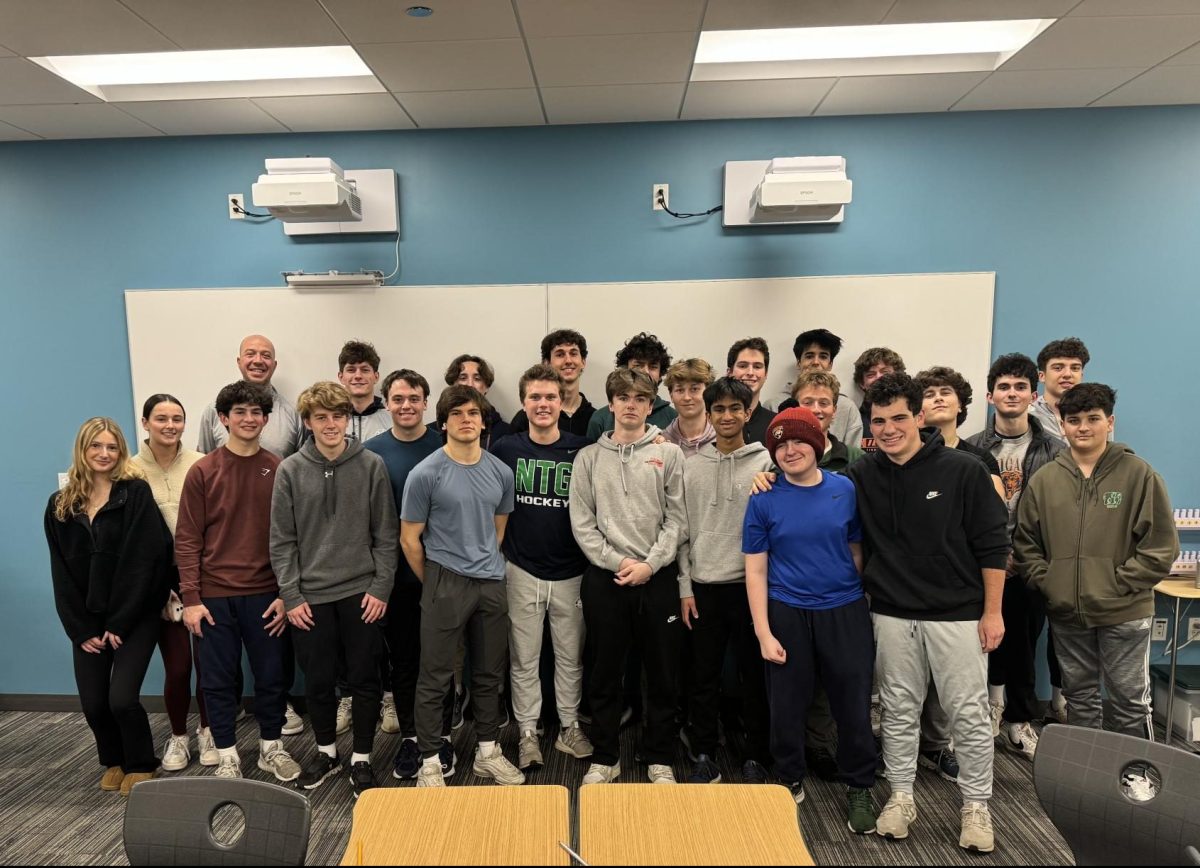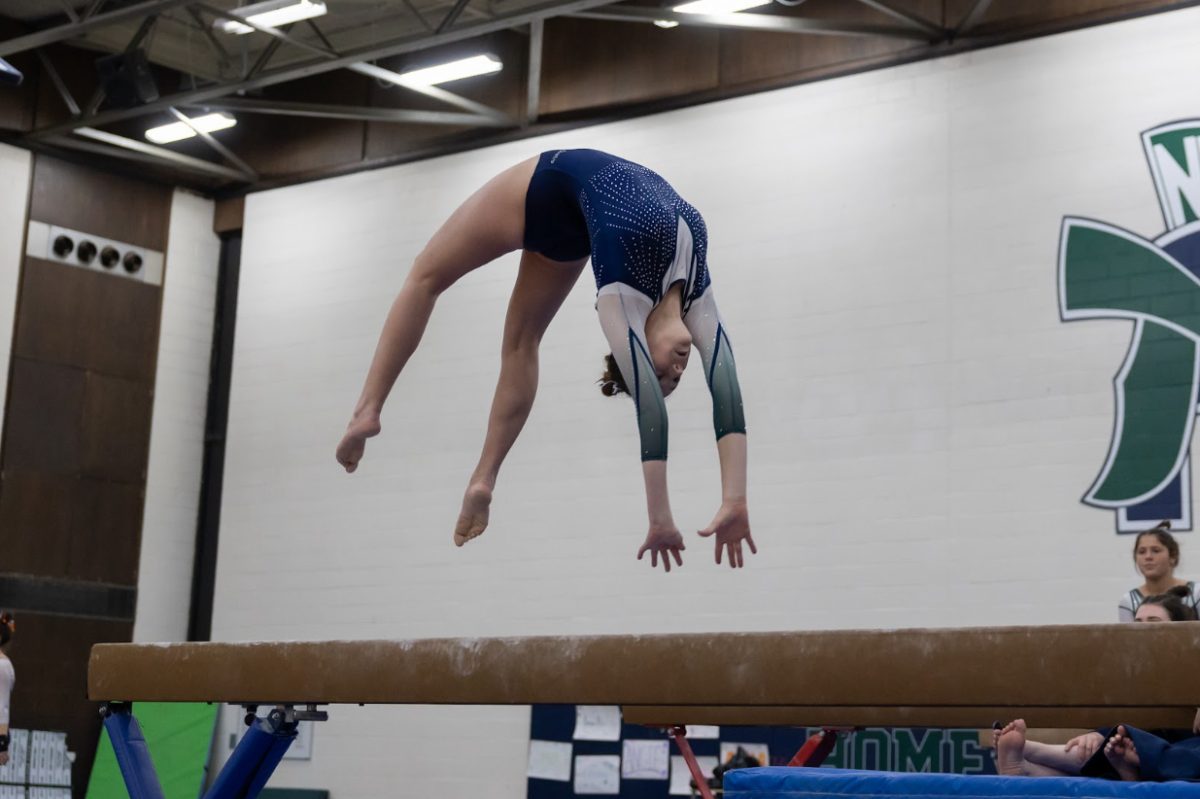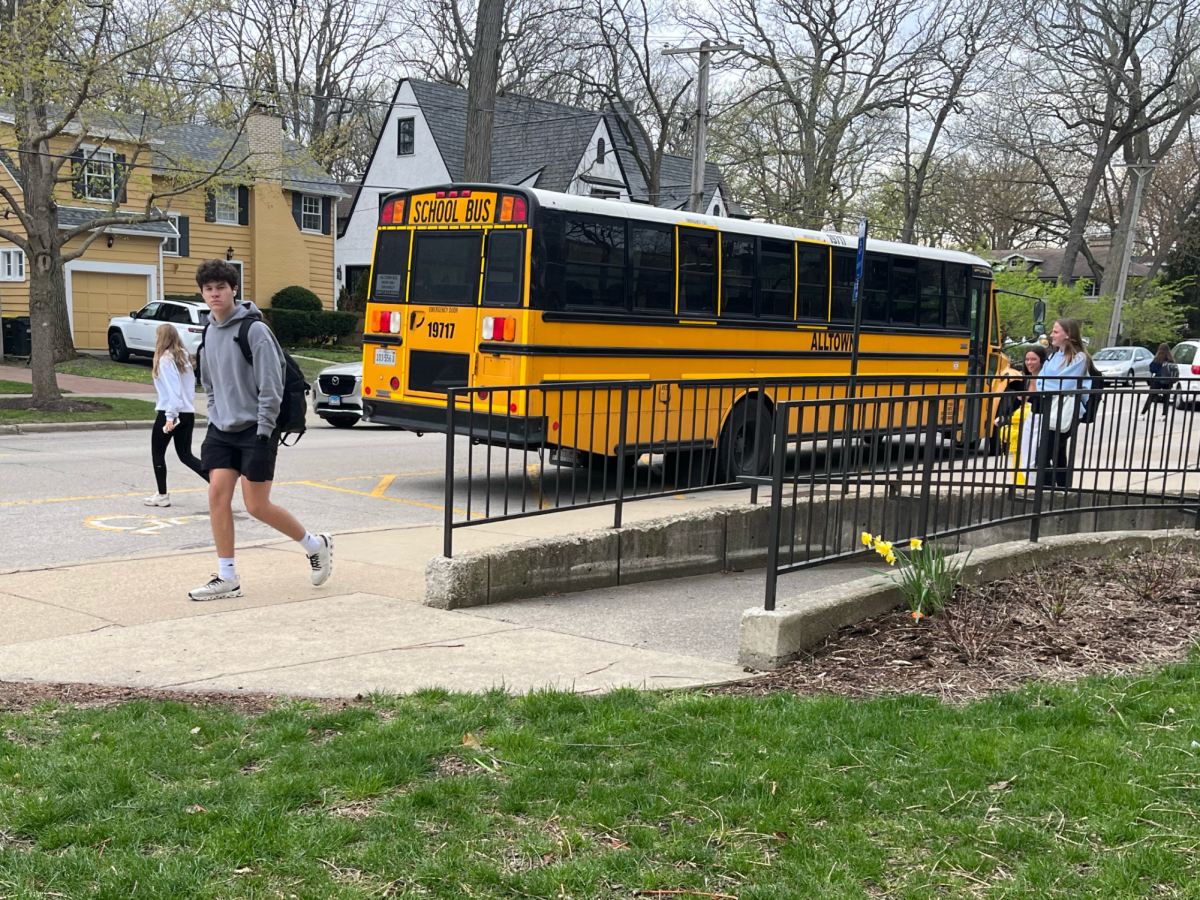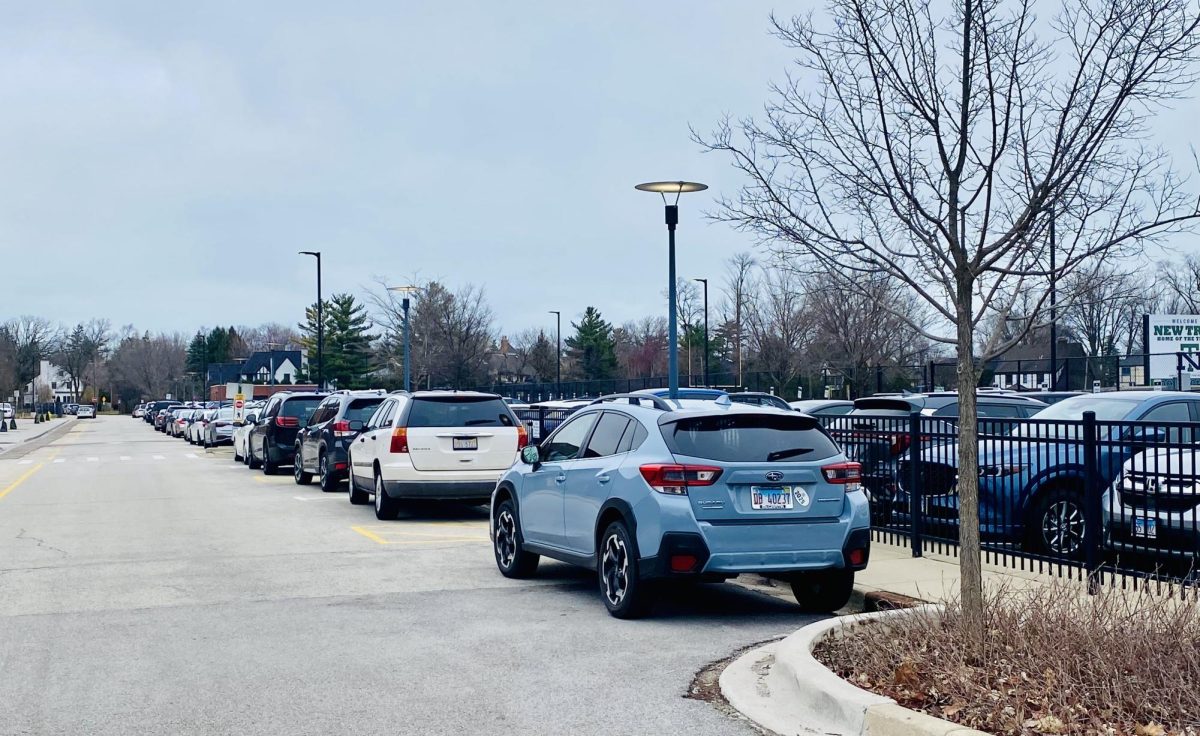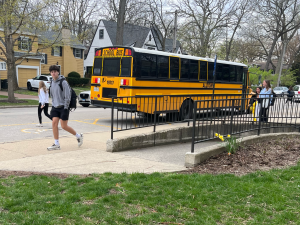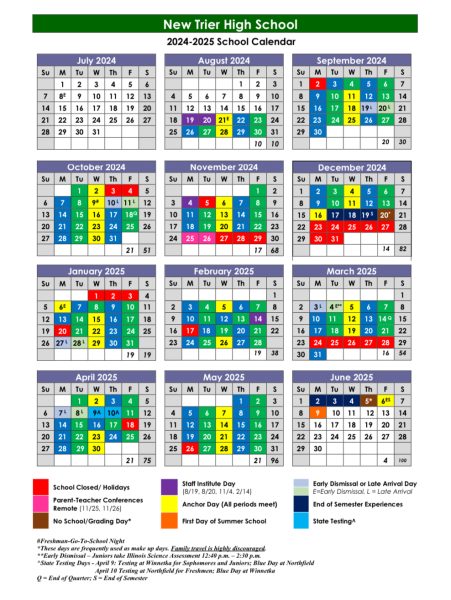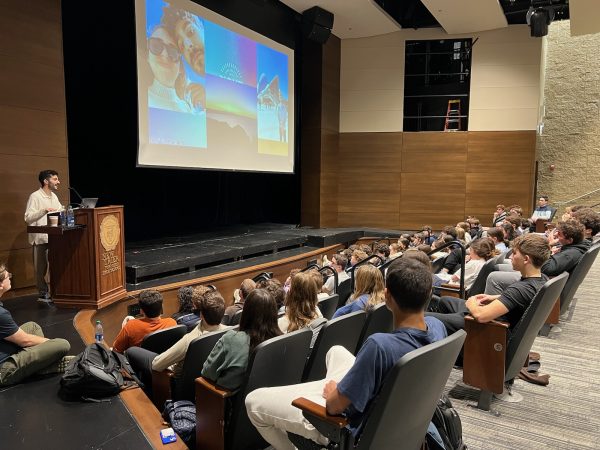Construction costs rise over initial estimates
Renovation spending predicted to go 1.5% over project budget by next fall
May 22, 2017
With six months left of construction, the school has less than $500,000 left in its contingency budget, having already spent over $5 million of reserves.
“We estimate that when the project concludes next fall we will have used about 1.5% over the total budget,” said Chris Johnson, Assistant Superintendent for Finance and Operation.
The total budget for the project is $103,397,672, more than $6.6 million of which is in what’s called a contingency budget, designed to cover unforeseen construction costs.
“When we started the project we pretty quickly found some conditions that we didn’t expect,” Johnson explained.
According to the Chicago Tribune, by December, construction costs jumped from the original $100.3 million to $103.4 million.
“Despite higher bids and some issues we faced, we will be 1.5 percent over that $103.5 million budget by next October,” explained Superintendent Linda Yonke.
There have been over 19 changes to the overall budgets. These have been unforeseen circumstances that the construction ran into.
“We had to work through how to pay for those” as these things could not have been included in the bid process, Johnson said. “We didn’t know the 1930’s foundation wouldn’t be where we expected it, we didn’t know the dirt would be bad” he continued.
Additionally, the school faced a roadblock when Denovo, the demolition company it contracted, went bankrupt.
These unforeseen conditions have increased the price of the total construction, though they have dealt with these setbacks with the contingency budget.
According to Yonke, the school’s reserves are healthy.
“We’ve been adding to these reserves for the past 14 years,” and about 75-80% of the school’s budget is in reserves at any given time, she said.
The health of the reserves allowed New Trier to save taxpayer money by using some of this money for the construction, adding to the $89 million bond package that was approved by referendum.
“It’s money people already paid in their taxes,” said Yonke, and the board safely decided on what amount of money could be used “without impacting our safety net” or New Trier’s AAA bond rating.
The board’s financial committee studied which funds they could use to ensure that the reserves would remain sufficient. Maintaining these reserves are crucial because of how unevenly the revenue comes in each year, and Yonke stressed that no decision was made lightly.
So far, $8 million has been transferred from the New Trier education fund, and over $3 million of the maintenance and operation fund have been used.
The total budget has surpassed prior estimates, including as recently as November 2016. At the Nov. 21 board of education meeting, the project was anticipated to be “over budget by 1.08%.”
At the time, Johnson noted, “any solution will not require additional finances from the community.”
According to Johnson, additional reserves required will be procured from the teacher insurance fund, which had been over budgeted by a significant amount of money this year.
These high construction costs were foreshadowed early in the bidding process when most of the bids from construction companies were over the school’s budget. A budget would ideally have half the bids over and half be under. Although the school is legally required to accept the lowest bidder– given that they are fully qualified for the project– this uneven balance of cost estimates is indicative of possibly higher costs down the road.
“We were entering a period of economic recovery,” Yonke said, and due to trends in the construction industry at the time “there were some bids that were higher than expected.” Yonke continued, “With careful management of the project and some saving here and there, while doing some value engineering along the way,” we should not exceed the new predicted limit.

